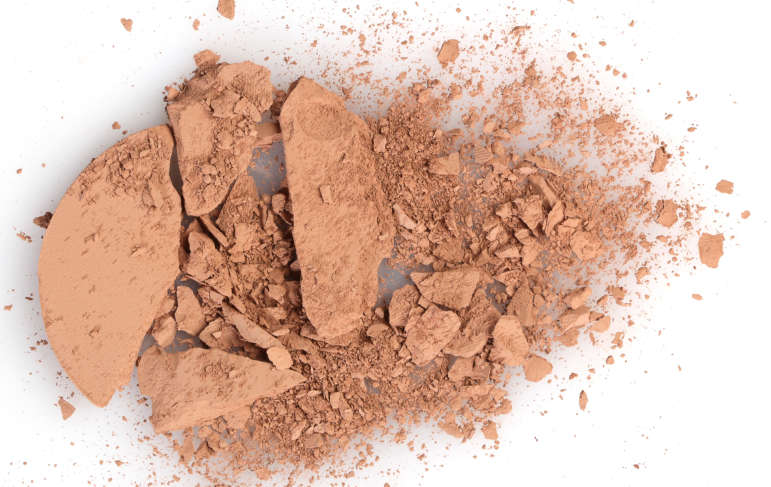Updated FDA Guidelines Implemented to Prevent Asbestos Contamination in Cosmetics
Asbestos contamination in cosmetics poses a significant health risk to consumers. To protect consumers from asbestos-related health hazards, the U.S. Food and Drug Administration (FDA) has implemented new guidelines aimed at preventing asbestos from entering cosmetic products.
The Hazards of Asbestos in Cosmetics
Asbestos is a known carcinogen and poses severe health risks when inhaled or ingested. The presence of asbestos in cosmetic products, particularly those containing talc, is a cause for concern. Talc, commonly used in cosmetics, can sometimes be contaminated with asbestos fibers during the mining process. Prolonged exposure to asbestos can lead to serious diseases such as mesothelioma, lung cancer, and asbestosis.
The FDA’s Commitment to Ensuring Cosmetic Safety
The FDA plays a critical role in safeguarding consumer health by regulating cosmetic products sold in the United States. Recognizing the potential dangers of asbestos in cosmetics, the FDA has taken proactive steps to protect consumers. The agency conducts inspections, sampling, and testing of cosmetic products to detect asbestos contamination and enforce safety regulations. However, many argue that this is not enough to protect consumers.
Key Elements of the FDA’s New Guidelines
The FDA’s new guidelines are designed to prevent asbestos contamination in cosmetics and ensure consumer safety. Some essential aspects of these guidelines include:
- Rigorous Testing: Cosmetic manufacturers are required to perform thorough testing of talc and other ingredients susceptible to asbestos contamination. Testing methods like transmission electron microscopy (TEM) are recommended to detect even trace amounts of asbestos.
- Supplier Verification: Manufacturers are encouraged to work closely with their ingredient suppliers to verify the absence of asbestos in talc and other raw materials. Certificates of analysis and supplier testing protocols can help ensure compliance.
- Good Manufacturing Practices (GMP): Implementing robust GMP is crucial to preventing cross-contamination and maintaining the overall safety of cosmetic products. This includes appropriate hygiene, sanitation, and quality control measures throughout the manufacturing process.
- Reporting and Transparency: Manufacturers must promptly report any findings of potential asbestos contamination to the FDA and take appropriate corrective actions to protect consumers. Transparency and open communication between manufacturers and regulatory authorities are vital.
Empowering Consumers and Ensuring Product Safety
As consumers, it is important to be informed and proactive in protecting ourselves from asbestos-contaminated cosmetics. Here are some steps to consider:
- Reading Labels: Carefully review ingredient lists, especially for products containing talc. Consider choosing talc-free alternatives or products that have undergone rigorous testing for asbestos.
- Trusted Brands: Select cosmetic brands with a reputation for quality and safety. Research companies’ commitment to product safety and their compliance with FDA guidelines.
- Reporting Concerns: If you suspect a cosmetic product may be contaminated with asbestos, report it to the FDA through their MedWatch program or contact the manufacturer directly. Your input can contribute to improved safety measures.
The FDA’s new guidelines represent a step in protecting consumers from the dangers of asbestos in cosmetics. By enforcing rigorous testing, supplier verification, and good manufacturing practices, the FDA aims to eliminate asbestos contamination from cosmetic products. As consumers, we play a role in ensuring our safety by staying informed, choosing reputable brands, and reporting any concerns. Together, we can create a safer marketplace and prioritize our well-being when it comes to cosmetic products.
If you or a loved one has been diagnosed with an asbestos-related condition, you could be entitled to compensation. Call 412-471-3980 or fill out our contact form to speak to a member of our team.




